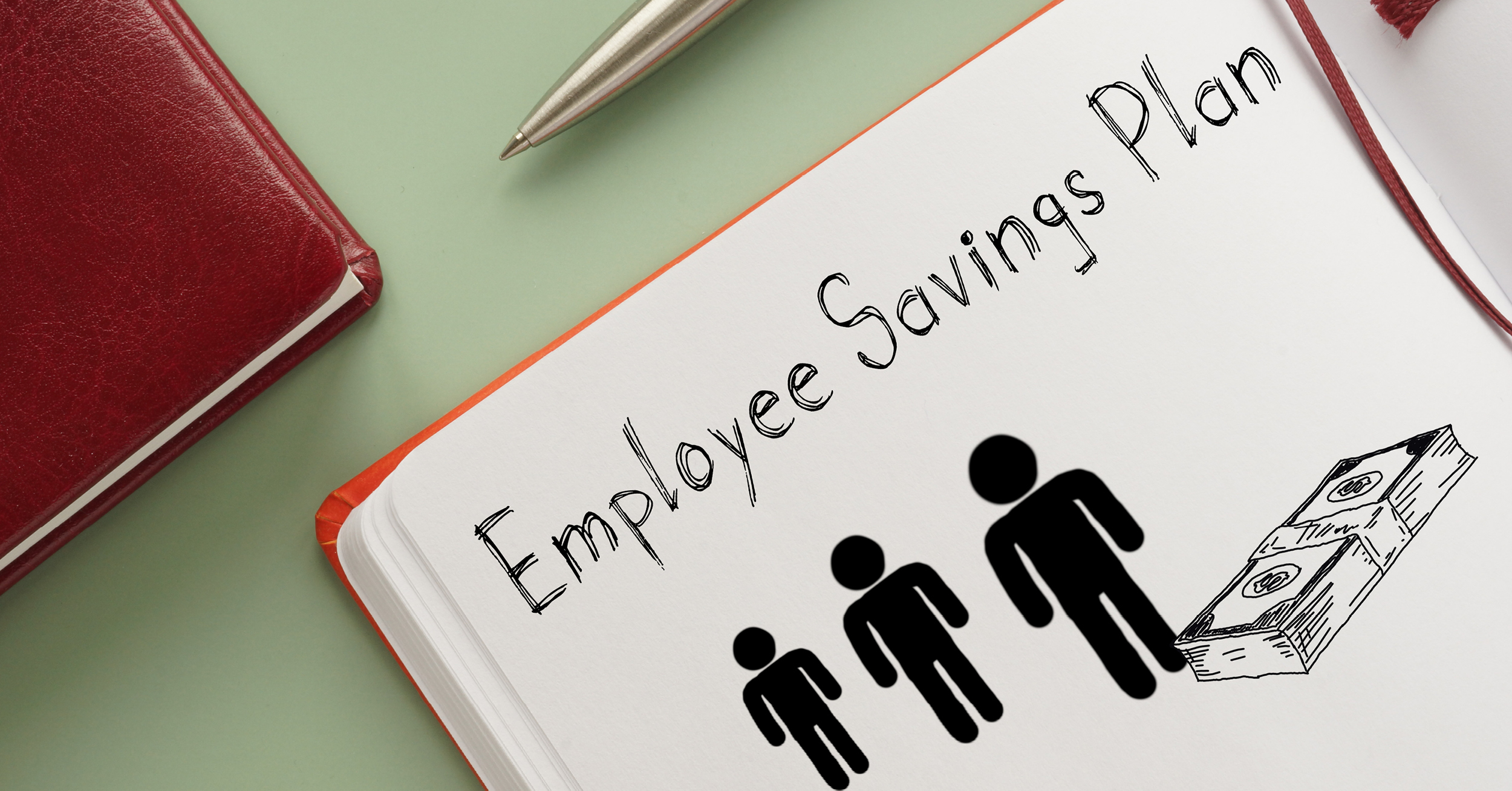It’s no secret that the economic uncertainty caused by the current pandemic has left many Americans distressed about their retirement savings plan. Many Americans have reported that paying off debt and retirement planning is now their top priority. According to a recent study, 37% of respondents said paying off personal debt was their primary focus while retirement planning was a close second at 36%.
However, despite signs of economic growth and a surging stock market, there was a noticeable dip in 2021 as many Americans scaled back their savings goals.
According to the study, a general lack of confidence in their financial health was a leading factor, with only 34% indicating they feel financially healthy today. Additionally, those who reported their financial status as unhealthy grew from 9 percent at the start of 2021 to 17 percent by the end of the year.
Key Drivers to Financial Health
The ability to handle unexpected financial needs is typically the measuring stick for financial health. However, most Americans now admit their salary and benefits are the key indicators. As a result, employees are now looking more and more to their employers for help achieving their retirement goals. Nearly 25% said their employer’s retirement savings account provider is a key component in their financial health. Even more, 78% of employees reported they’re more likely to remain with an employer due to their effective benefits program.
This means an effective retirement plan for employees now falls on the shoulders of the companies they work for. Let’s take a look at 5 strategies employers can implement to ensure their employees are financially secure and pleased with their current benefits package.
1. Make sure employees are well educated on their benefit options
Oftentimes, there’s a disconnect between the workplace benefits companies offer and an employee’s awareness of what is available. This is especially prevalent in younger employees or those who are new to the workforce.
According to a study, only 60% of employees agree that their company’s HR department effectively communicated their benefits options. Therefore, HR departments need to make sure their employees are well educated to put in place a plan that maximizes what they could receive, whether it’s a 401(k) or a simple IRA. Common questions from new employers often include:
- When can I enroll?
- How do my health options differ?
- What’s the difference between an HSA, HRA, and FSA?
- What are the costs to me?
- How much is my employer contribution?
Answering these questions up front will help a new employee make informed decisions on their future retirement savings.
2. Automatic enrollment in your 410(k)
According to the Plan Sponsor Council of America, 62% of businesses with a 401(k) plan used automatic enrollment in 2020. Automatic enrollment has proven to be much more effective compared to voluntary enrollment. Vanguard Group, one of the largest 401(k) providers, found that 92% of new hires were still saving in the 401(k) plan three years after being automatically enrolled. Compare that to 29% of those employees who voluntarily enrolled.
3. Consider the use of retirement plan advisors
We know. This sounds like a financial advisor, but it’s not. While a financial advisor helps clients prepare for life events, a retirement plan advisor focuses strictly on managing their employer-sponsored retirement plans. Having a retirement plan advisor available to your employees not only helps establish a plan that effectively guides them towards retirement, but they also help make any necessary updates through the entirety of the plan.
4. Provide forecasting tools for your employers
Creating a roadmap to retirement can be tricky. There are many unexpected financial burdens that pop-up along the way. However, online tools and resources can help an employee navigate through these unexpected finances. According to a report from the Transamerica Center, only 51% of plan sponsors offer online tools and calculators to project retirement savings and income needs.
In addition to education, planning resources are reported as among the most competitive aspects of retirement plan offerings. Having these tools in place for employees not only helps create a long-term plan to hit their desired retirement age, but it provides them with the ability to make the necessary changes along the way when life throws you curveballs.
5. Offer voluntary benefits
The measurement of financial health doesn’t stop once an employee retires. A large portion of retirees are found to be financially fragile, with 39% reporting of just getting by. Only 12% of retirees have long-term care insurance. In addition to retirement savings and health insurance, employers should consider offering voluntary benefits. These benefits include:
- Life insurance
- Disability insurance
- Critical illness insurance
- Long-term care insurance
It’s Time to Invest in the Financial Health of Employees
As the economy shifts and employee priorities change, businesses will need to pave the way by innovating and offering solutions that ensure financial health for their employers. By following the strategies outlined above, employers can create a system in which their employees have a greater sense of financial health.




No Comments Yet
Let us know what you think